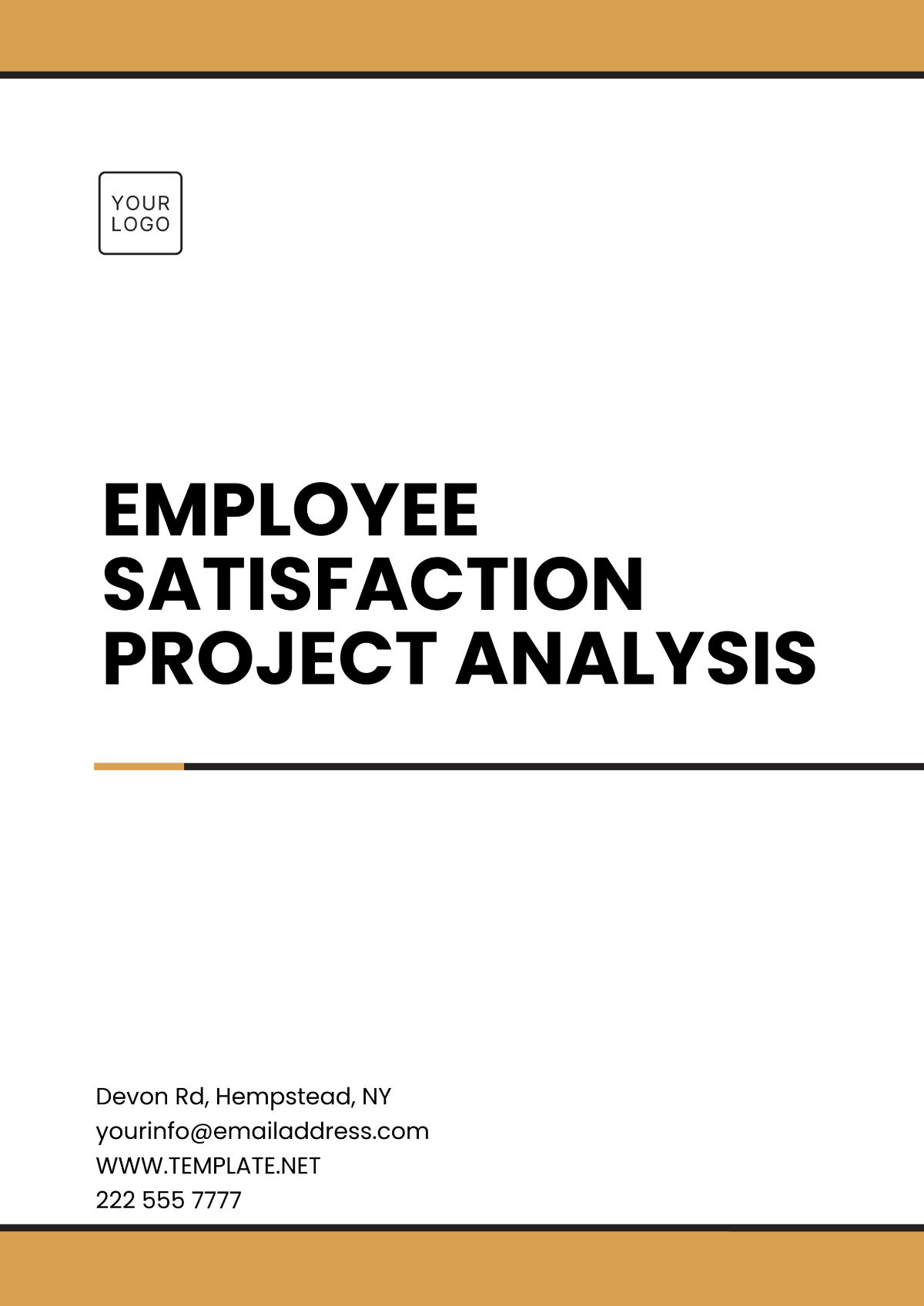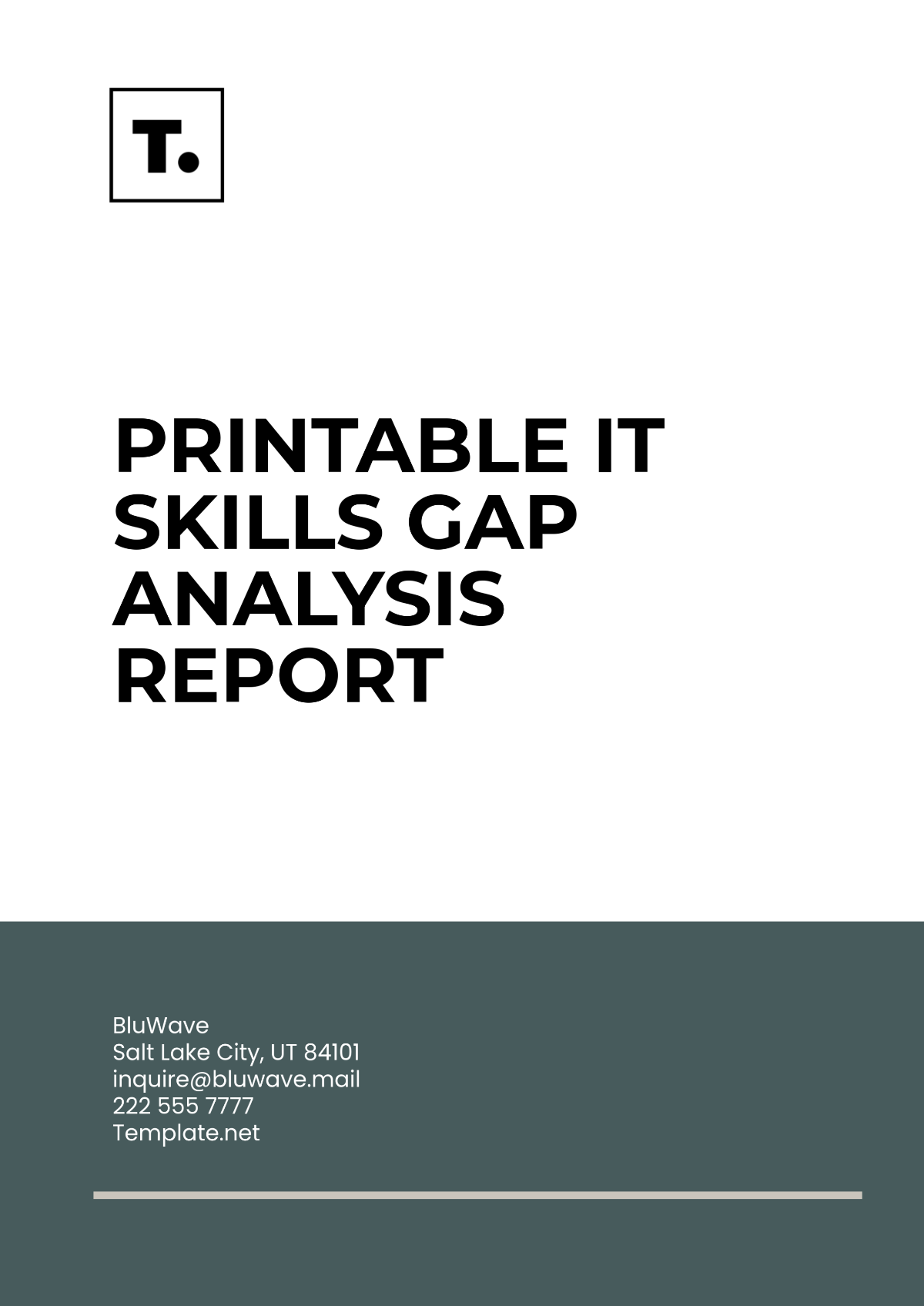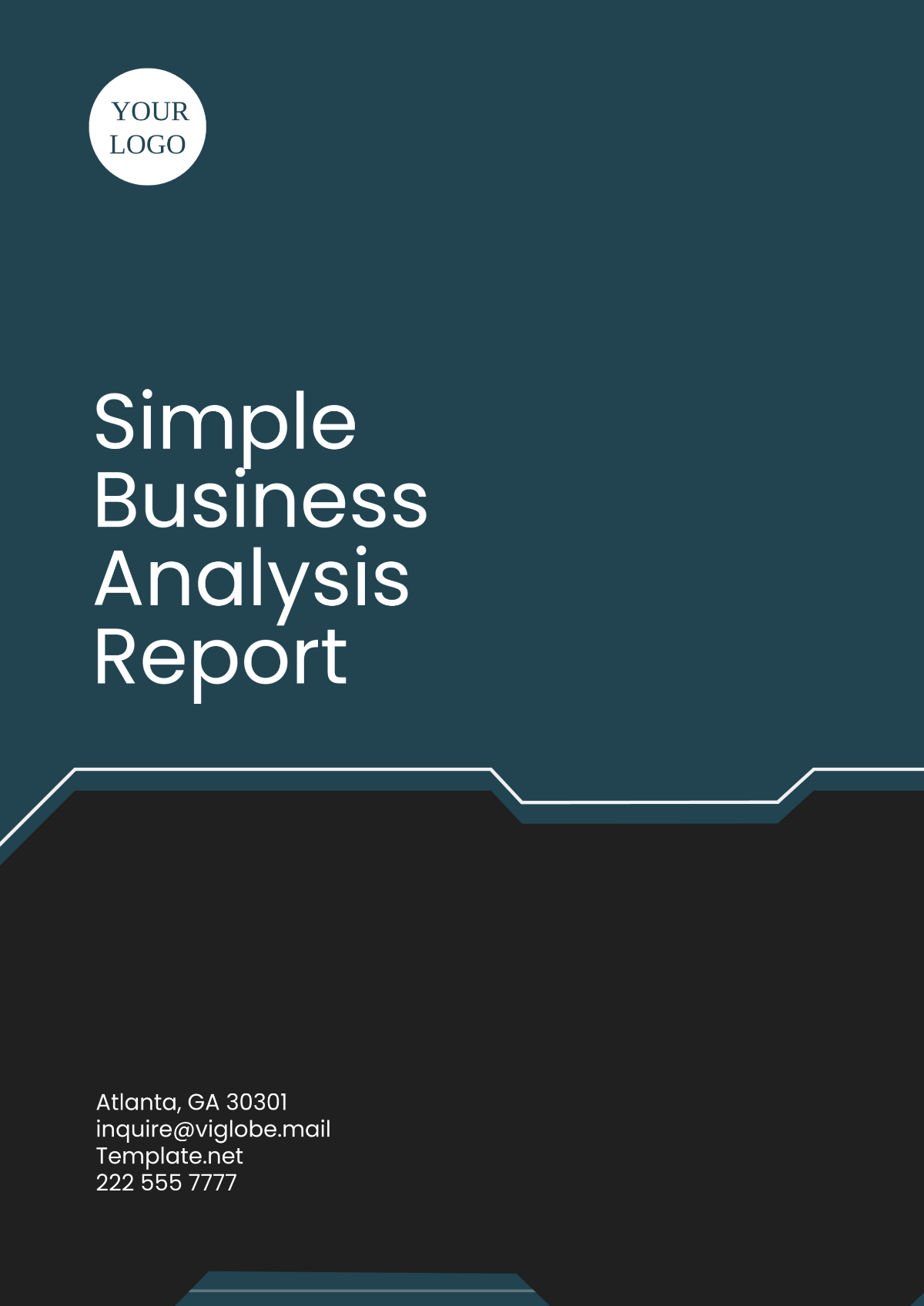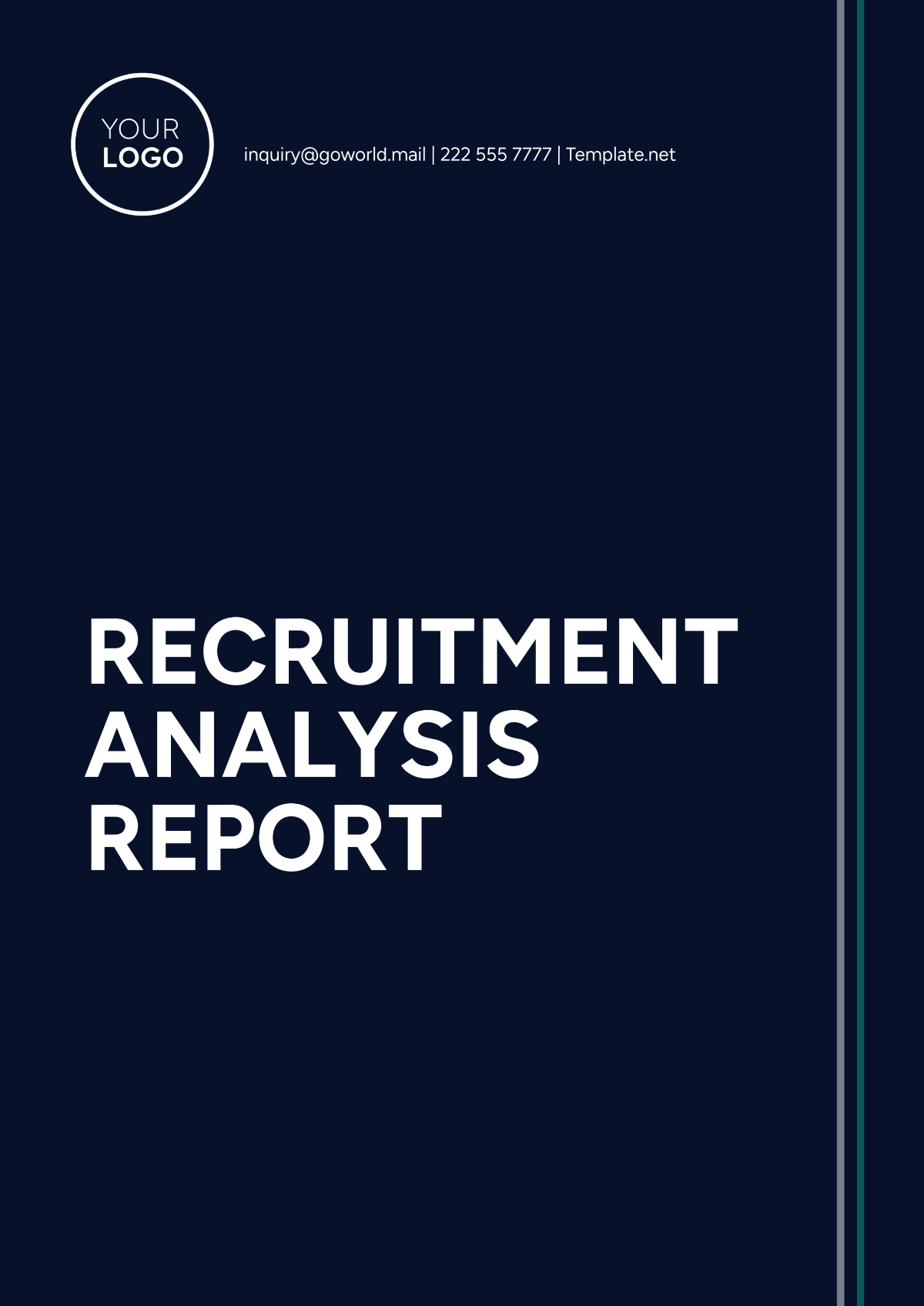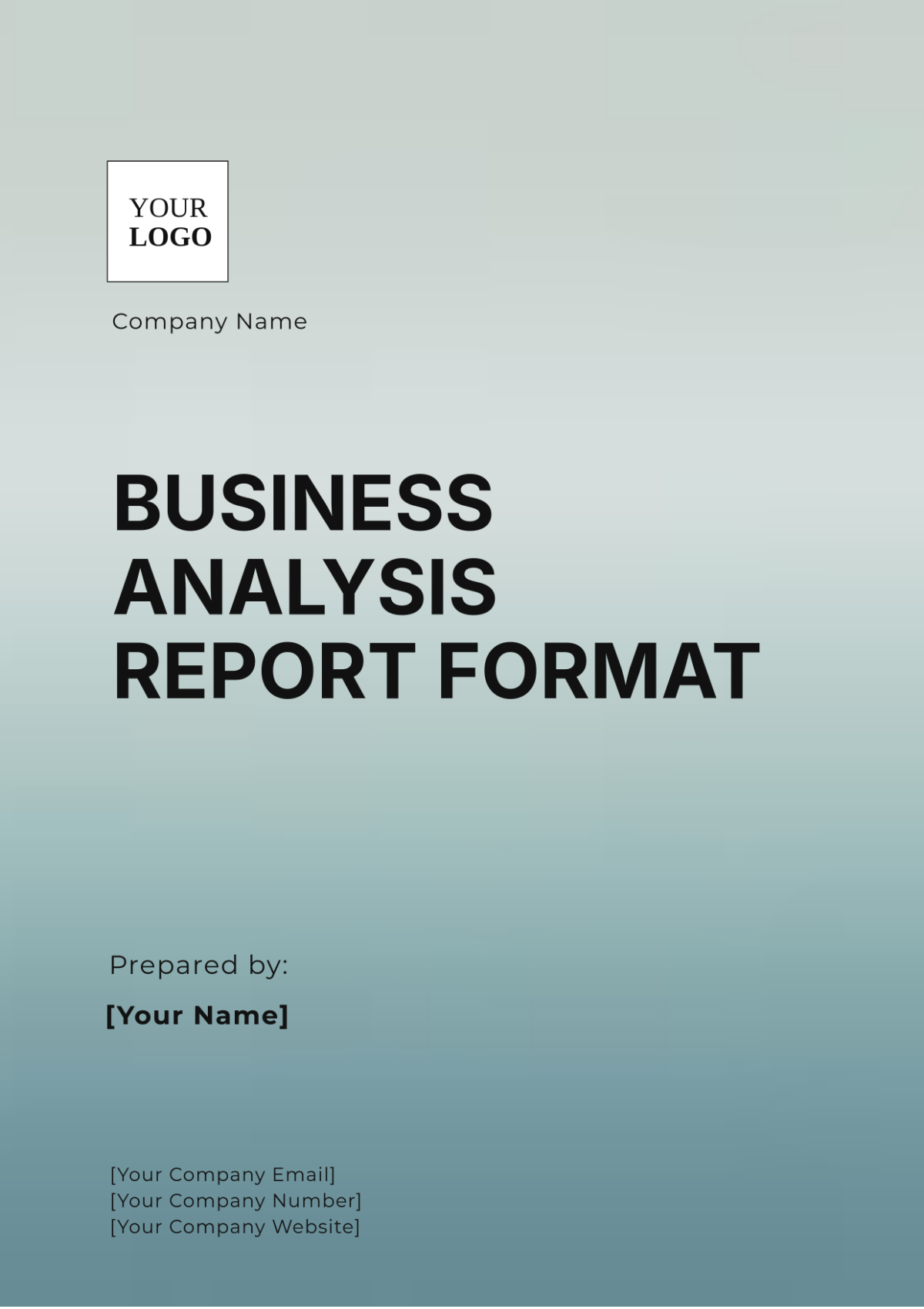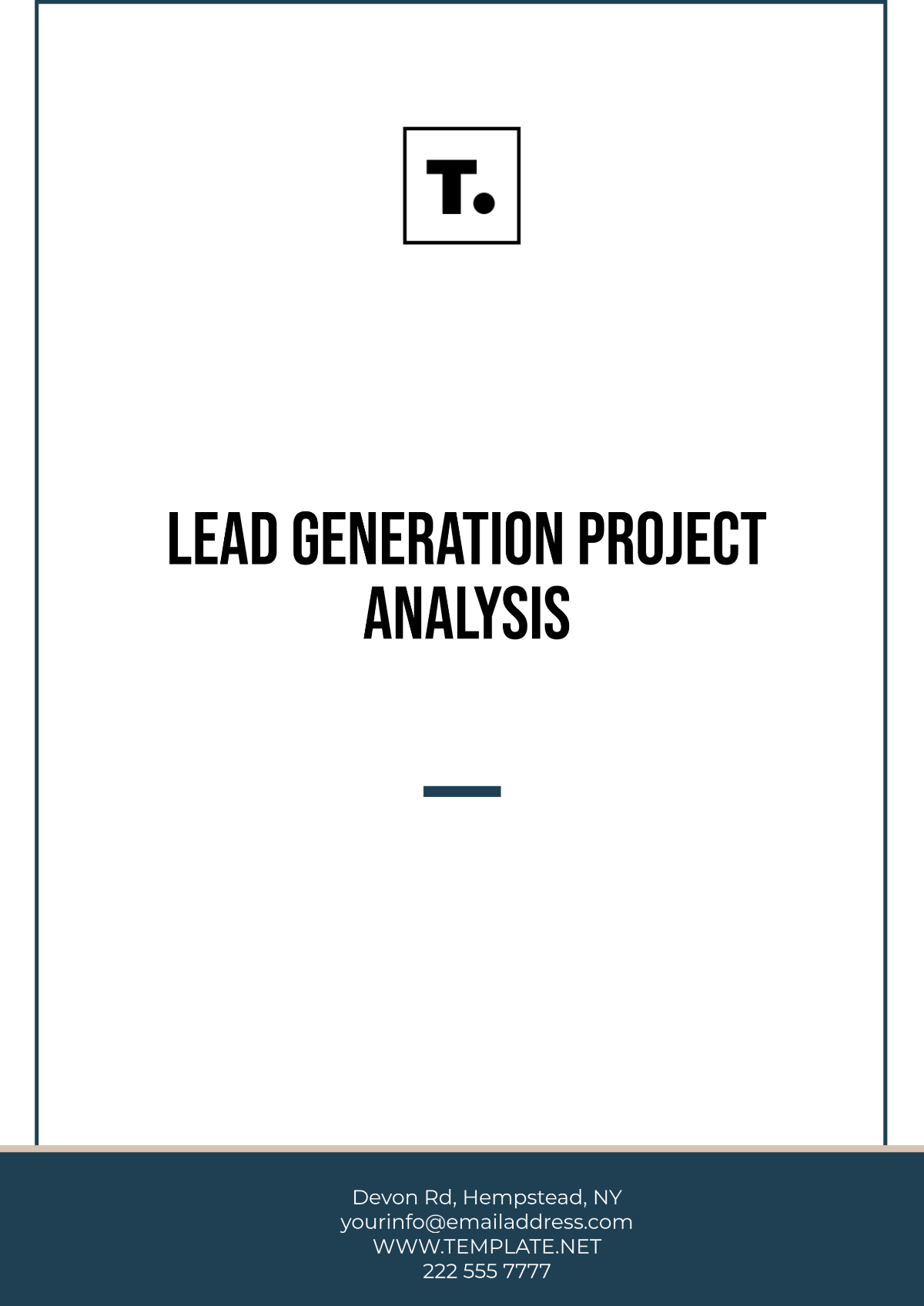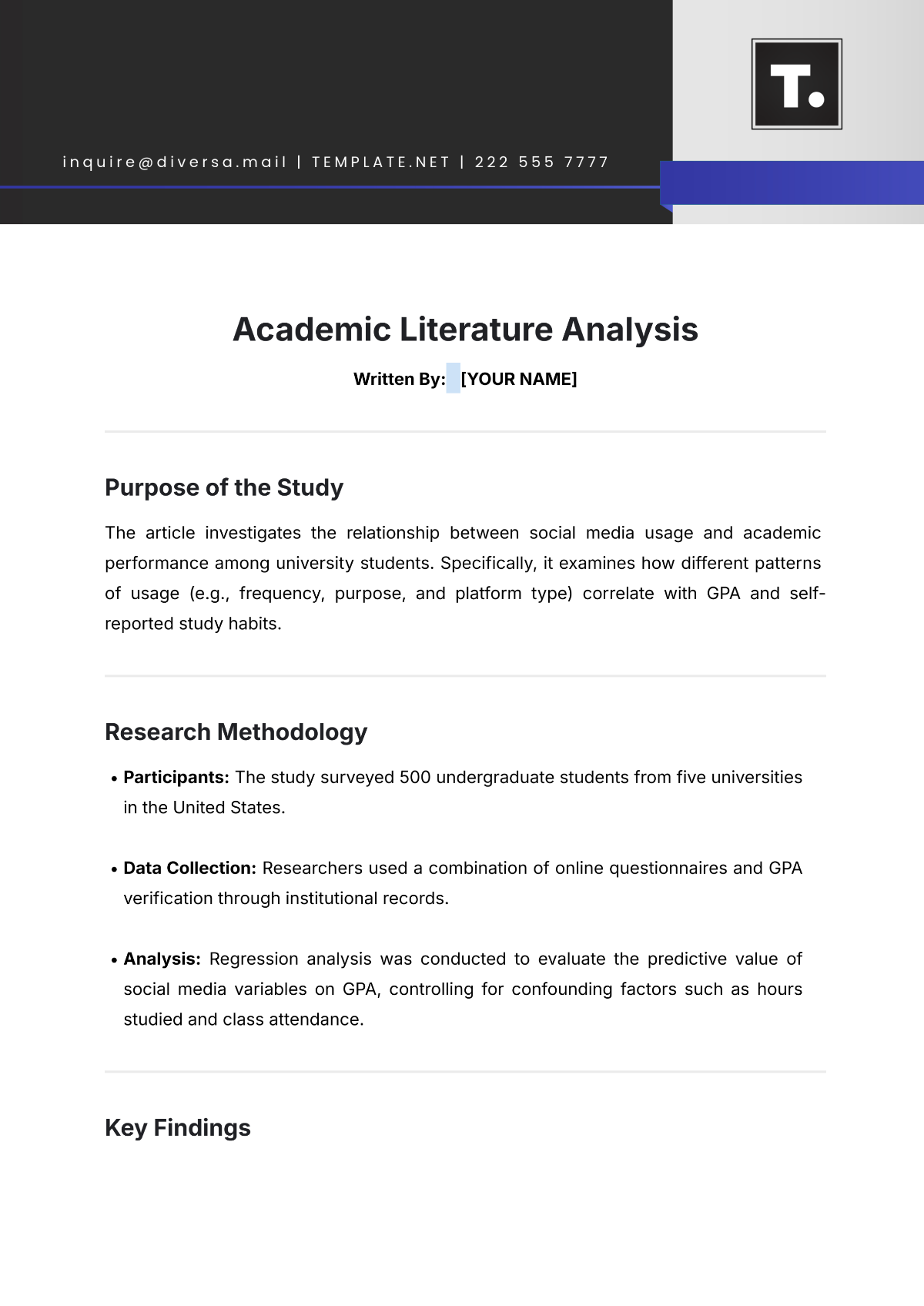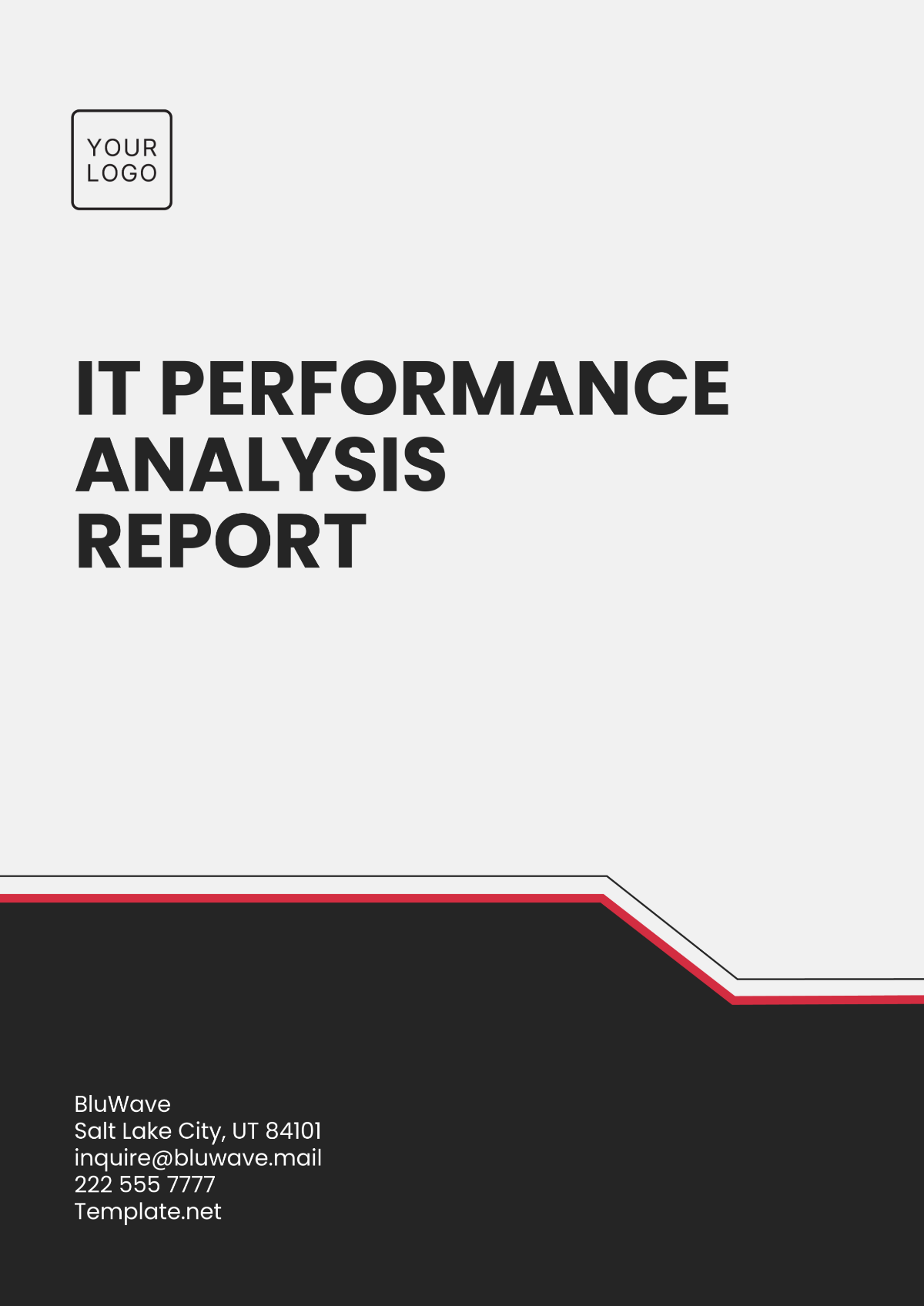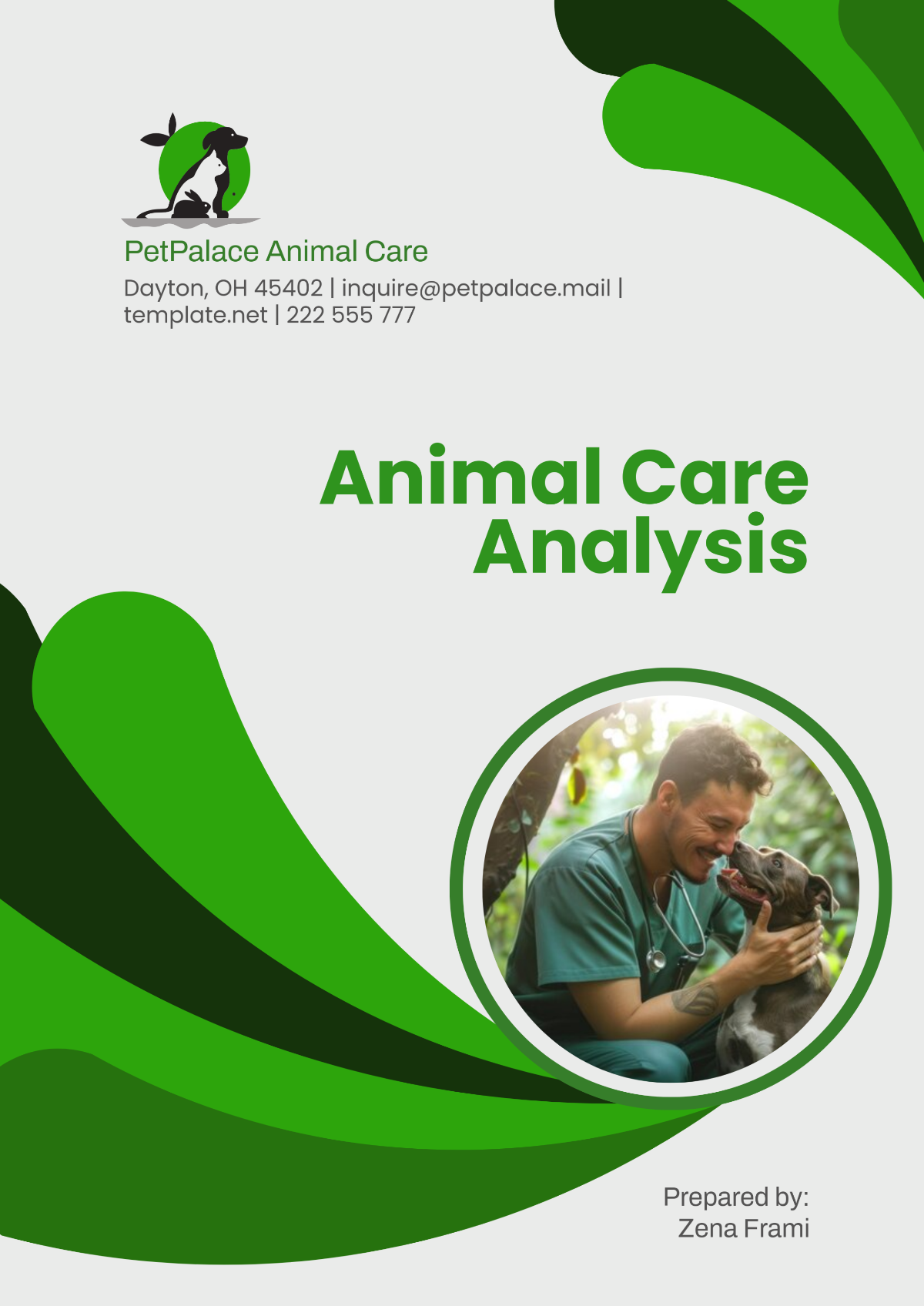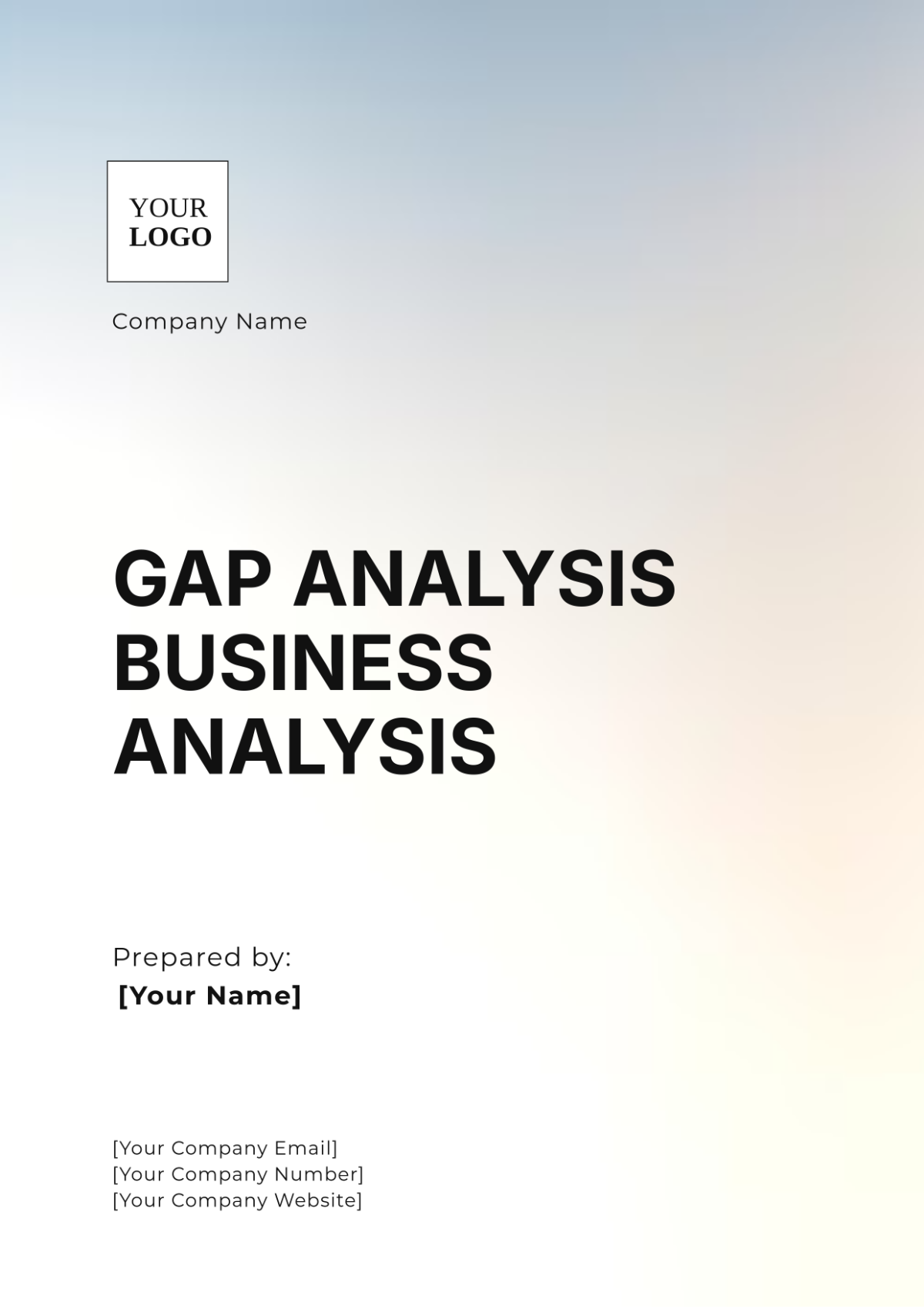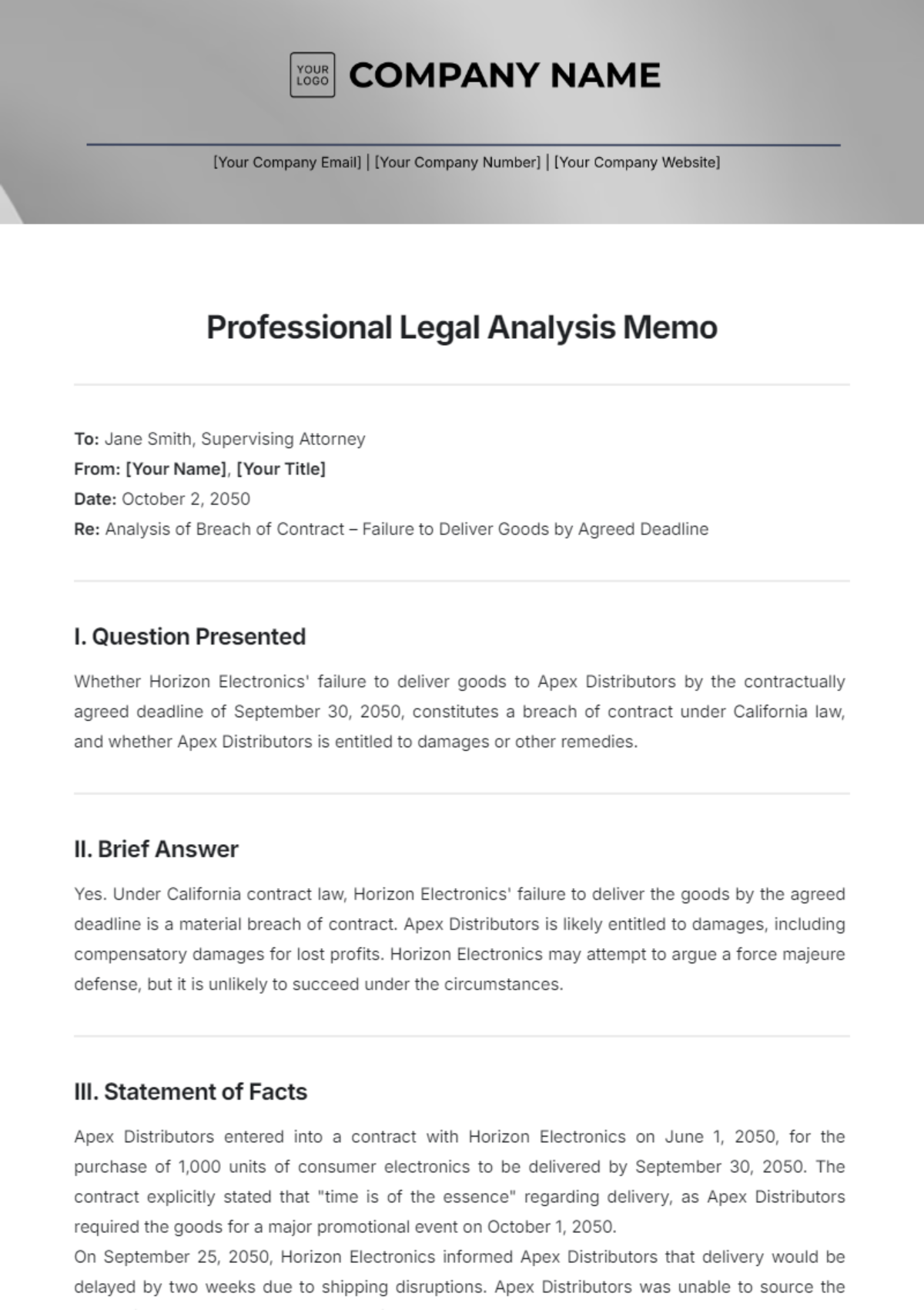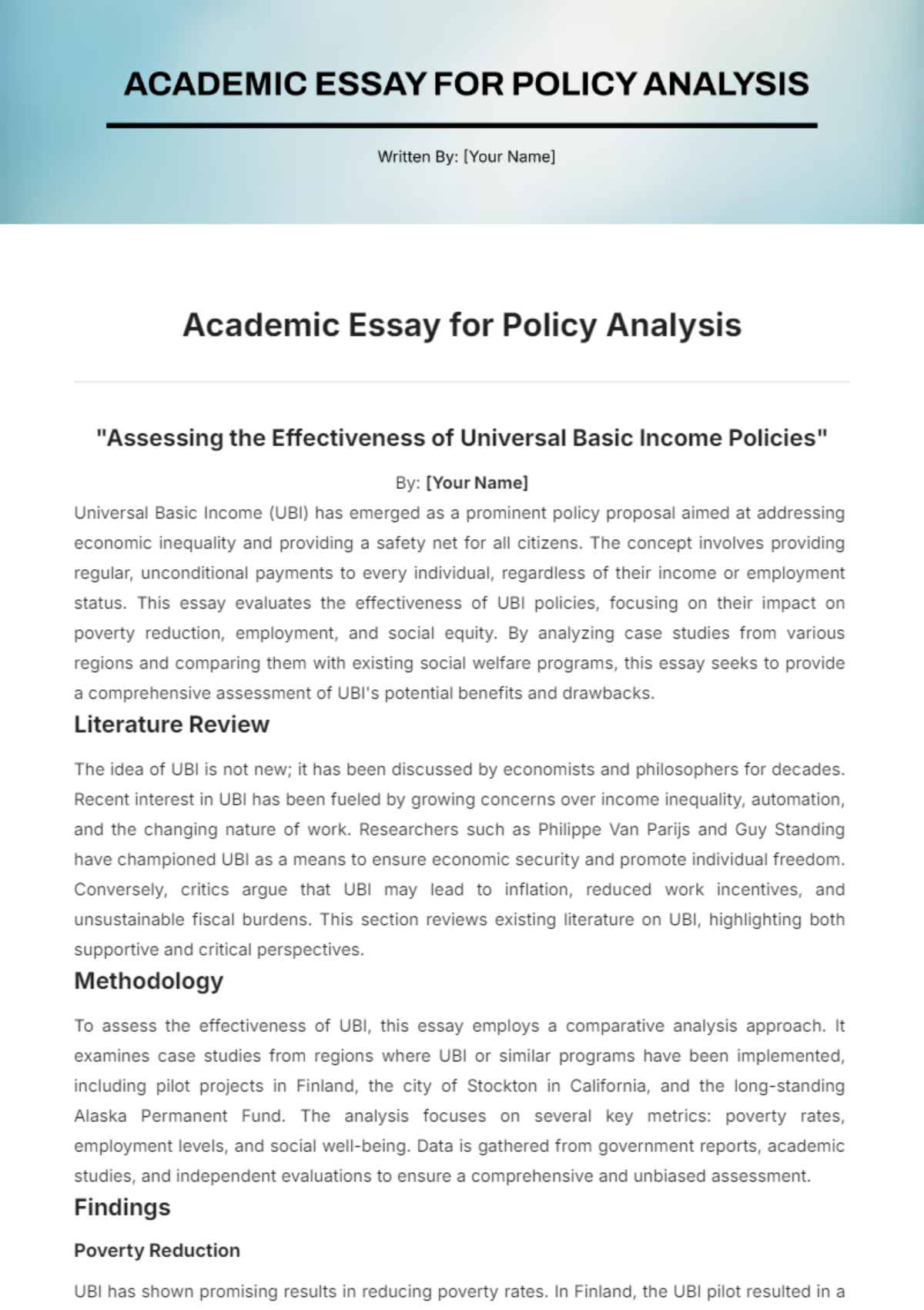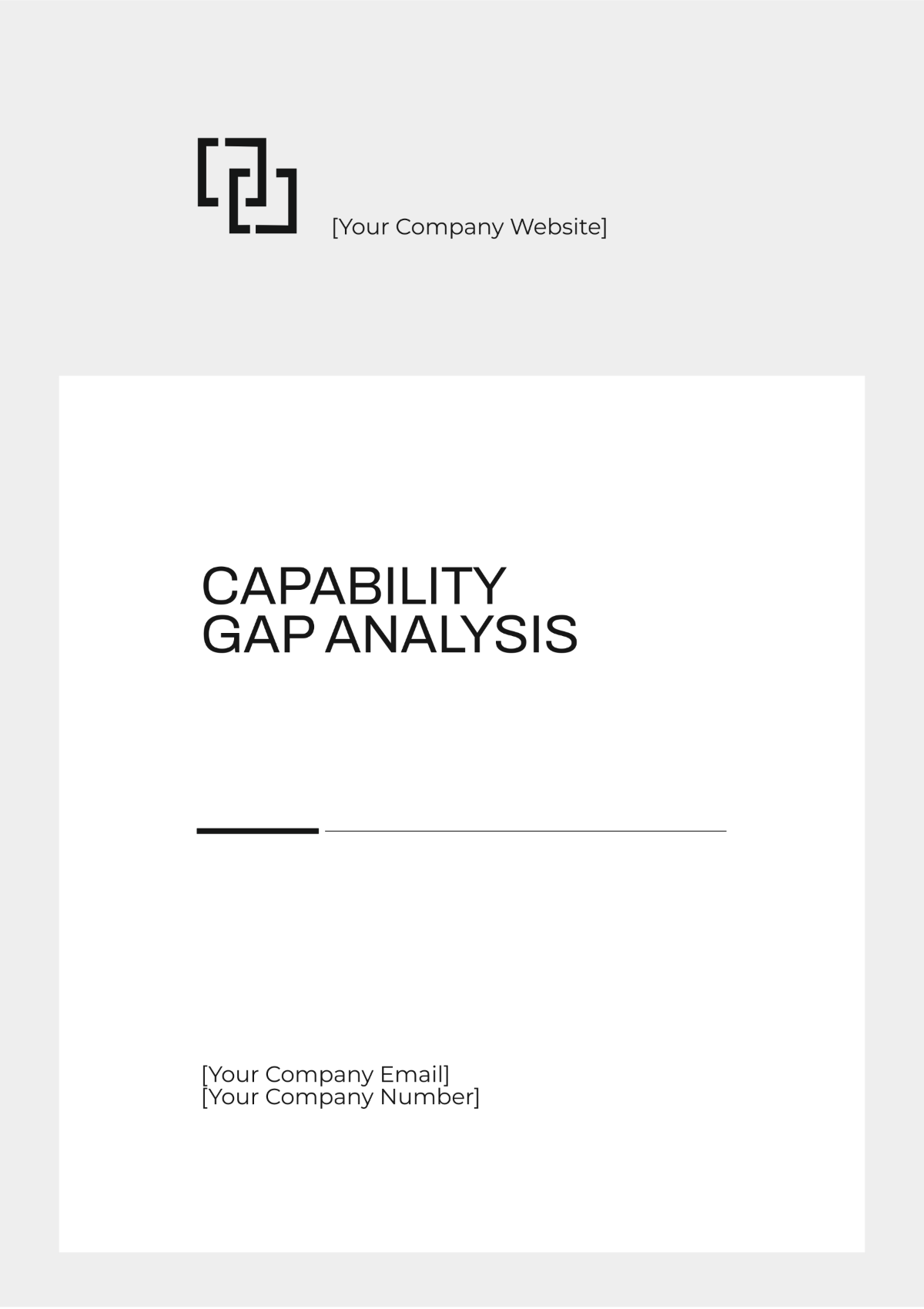I. Executive Summary
This Restaurant Gap Analysis aims to evaluate our current operational, financial, and market performance and identify areas for improvement. By comparing our current state to our desired goals, we seek to develop strategic initiatives to bridge the identified gaps and enhance our overall performance. Key findings from this analysis reveal significant opportunities for improvement in several areas.
Key Findings
Metric | Current Value |
|---|---|
Average table turnover rate | 1.8 per hour |
Inventory wastage | 12% |
Profit margin | 8% |
Labor costs | 35% of revenue |
Net Promoter Score (NPS) | 45 |
Average customer review rating | 3.8/5 |
Market share | 5% |
Competitive strength | Moderate |
Competitive weakness | Limited brand recognition |
Employee turnover rate | 25% annually |
Employee satisfaction score | 3.5/5 |
II. Introduction
Our restaurant has been a local dining destination for the past five years, known for its unique fusion cuisine and cozy ambiance. Despite our success, we recognize the need to continuously improve and adapt to the evolving market. This gap analysis aims to provide a comprehensive evaluation of our current performance, identify discrepancies, and outline strategies to achieve our long-term goals. The methodology includes analyzing operational, financial, customer satisfaction, market position, and staff performance metrics through data collection, customer feedback, and competitive analysis.
III. Current State Analysis
A. Operational Performance
Our operational performance is critical to ensuring customer satisfaction and efficiency. We have identified key metrics that influence our daily operations.
Metric | Current Figure | Target Figure |
|---|---|---|
Table turnover rate | 1.8 per hour | 2.5 per hour |
Inventory wastage | 12% | 5% |
Average preparation time | 25 minutes | 15 minutes |
Despite our efforts, we are falling short of our targets in table turnover rate and inventory management. The high inventory wastage suggests inefficiencies in stock management and menu planning. Addressing these gaps will improve our overall operational efficiency and customer experience.
B. Financial Performance
Our financial performance is a crucial indicator of our business health. Below are the key financial metrics we have analyzed.
Metric | Current Figure | Target Figure |
|---|---|---|
Profit margin | 8% | 15% |
Labor costs | 35% of revenue | 25% of revenue |
Average check size | $25 | $30 |
The current profit margin is significantly below our target, mainly due to high labor costs and lower-than-expected average check sizes. By optimizing labor management and enhancing our menu offerings, we can improve our financial performance.
C. Customer Satisfaction
Customer satisfaction is vital for repeat business and positive word-of-mouth. We have measured various customer satisfaction metrics.
Metric | Current Figure | Target Figure |
|---|---|---|
Net Promoter Score (NPS) | 45 | 70 |
Average customer review | 3.8/5 | 4.5/5 |
Complaint resolution time | 48 hours | 24 hours |
The NPS and average review ratings indicate that while many customers are satisfied, there is room for improvement. Faster complaint resolution and enhanced service quality will help us achieve higher customer satisfaction.
D. Market Position
Understanding our market position helps us gauge our competitive standing.
Competitor | Share | Strength | Weakness |
|---|---|---|---|
A | 15% | Strong brand recognition | High prices |
B | 10% | Diverse menu | Inconsistent service |
Our Restaurant | 5% | Unique fusion cuisine | Limited brand recognition |
Our market share is lower compared to major competitors. Strengthening our brand recognition and addressing operational inefficiencies will help us capture a larger market share and improve our competitive position.
E. Staff Performance
Staff performance directly impacts operational efficiency and customer satisfaction.
Metric | Current Figure | Target Figure |
|---|---|---|
Employee turnover rate | 25% annually | 10% annually |
Employee satisfaction score | 3.5/5 | 4.5/5 |
Training completion rate | 60% | 100% |
High employee turnover and moderate satisfaction scores highlight the need for better employee engagement and development programs. Improving staff training and creating a positive work environment will enhance employee retention and performance.
IV. Desired State
Our vision is to establish ourselves as the leading dining destination in the area, known for exceptional food, outstanding service, and a memorable dining experience. Our mission is to deliver high-quality cuisine and superior service in a welcoming environment. To achieve this, we have outlined specific goals that will guide our efforts.
Objective | Target |
|---|---|
Increase table turnover rate | 2.5 per hour |
Reduce inventory wastage | 5% |
Decrease average preparation time | 15 minutes |
Achieve a profit margin | 15% |
Reduce labor costs | 25% of revenue |
Increase average check size | $30 |
Achieve an NPS (Net Promoter Score) | 70 |
Improve average customer review rating | 4.5/5 |
Reduce complaint resolution time | 24 hours |
Increase market share | 10% |
Reduce employee turnover rate | 10% annually |
Improve employee satisfaction score | 4.5/5 |
Achieve a training completion rate | 100% |
V. Gap Identification
A. Operational Gaps
Current operational metrics indicate that our table turnover rate is 1.8 per hour, falling short of the target of 2.5 per hour. Additionally, inventory wastage stands at 12%, compared to the target of 5%, and the average preparation time is 25 minutes, exceeding the target of 15 minutes. These gaps highlight inefficiencies in our operations that need addressing to enhance customer experience and operational efficiency.
B. Financial Gaps
Our financial performance shows a profit margin of 8%, significantly below the desired 15%. Labor costs account for 35% of revenue, which is higher than the target of 25%. Moreover, the average check size is currently $25, compared to the goal of $30. These financial discrepancies indicate the need for better cost management and strategies to increase revenue.
C. Customer Service Gaps
Customer satisfaction metrics reveal that our NPS is 45, well below the target of 70. The average customer review rating is 3.8/5, short of the desired 4.5/5. Additionally, our complaint resolution time is 48 hours, whereas the target is 24 hours. These gaps suggest the need for improvements in service quality and responsiveness to customer concerns.
D. Market Gaps
In terms of market position, our market share is 5%, half of our target of 10%. Despite our unique fusion cuisine, our brand recognition is limited compared to competitors. Enhancing our marketing efforts and brand presence will be crucial to increasing our market share and establishing a stronger competitive position.
E. Staffing Gaps
Our staff performance metrics highlight significant gaps in employee engagement and development.
Skill Shortage | Training Need |
|---|---|
Customer service skills | Advanced customer service training |
Culinary skills | Specialized culinary workshops |
Management skills | Leadership and management training |
High employee turnover at 25% annually, compared to the target of 10%, and an employee satisfaction score of 3.5/5, below the target of 4.5/5, indicate the need for better employee engagement and development programs. Implementing comprehensive training programs and creating a positive work environment will help address these staffing gaps and improve overall performance.
VI. Root Cause Analysis
Understanding the root causes of the identified gaps is essential for developing effective solutions. This section delves into the underlying reasons for the discrepancies in our performance metrics, providing a detailed explanation for each gap.
A. Operational Gaps
The primary causes of operational inefficiencies include outdated kitchen equipment, inadequate staff training, and suboptimal workflow design. These factors contribute to longer preparation times and higher inventory wastage.
B. Financial Gaps
High labor costs are driven by inefficient staffing schedules and lack of automation. The lower-than-target profit margin is also due to insufficient revenue-generating strategies and high operational costs.
C. Customer Service Gaps
The gaps in customer service are mainly due to inconsistent service quality, lack of a streamlined complaint resolution process, and insufficient staff training in customer engagement.
D. Market Gaps
Our limited brand recognition stems from inadequate marketing efforts and lack of a distinctive brand identity. Additionally, insufficient market research has led to missed opportunities to cater to emerging customer preferences.
E. Staffing Gaps
High employee turnover and moderate satisfaction scores are primarily due to a lack of career development opportunities, inadequate training programs, and insufficient employee engagement initiatives.
VII. Recommendations
To bridge the identified gaps, we recommend the following strategies:
A. Operational Improvements
Upgrade kitchen equipment
Implement advanced staff training programs
Redesign workflow processes
B. Financial Strategies
Optimize staffing schedules
Invest in automation technology
Develop new revenue streams
C. Customer Experience Enhancements
Standardize service protocols
Implement a robust complaint resolution system
Enhance staff training in customer engagement
D. Market Strategies
Launch targeted marketing campaigns
Develop a unique brand identity
Conduct regular market research
E. Staff Development
Establish comprehensive training programs
Implement employee engagement initiatives
Create clear career development pathways
VIII. Implementation Plan
The implementation plan outlines the steps needed to execute the recommended strategies, along with timelines and responsible parties.
Step | Timeline | Responsibility |
|---|---|---|
Upgrade kitchen equipment | Operations Manager | |
Implement staff training programs | HR Manager | |
Redesign workflow processes | Operations Manager | |
Optimize staffing schedules | HR Manager | |
Invest in automation technology | CFO | |
Develop new revenue streams | Marketing Manager | |
Standardize service protocols | Customer Service Manager | |
Implement complaint resolution system | Customer Service Manager | |
Launch marketing campaigns | Marketing Manager | |
Develop unique brand identity | Marketing Manager | |
Conduct market research | Marketing Team | |
Establish training programs | HR Manager | |
Implement engagement initiatives | HR Manager | |
Create career development pathways | HR Manager |
IX. Monitoring and Evaluation
Effective monitoring and evaluation are crucial to ensure the success of the implementation plan. Reviews will take place quarterly to assess progress against these targets. Regular feedback will be gathered from both customers and staff to ensure continuous improvement. Adjustments to the implementation plan will be made as necessary based on the evaluation outcomes.
X. Conclusion
This Restaurant Gap Analysis provides a comprehensive roadmap for enhancing our operational efficiency, financial performance, customer satisfaction, market position, and staff development. By addressing the identified gaps and implementing the recommended strategies, we can achieve our desired state and ensure long-term success. Let's take the first step towards transforming our restaurant into the leading dining destination in the area.















